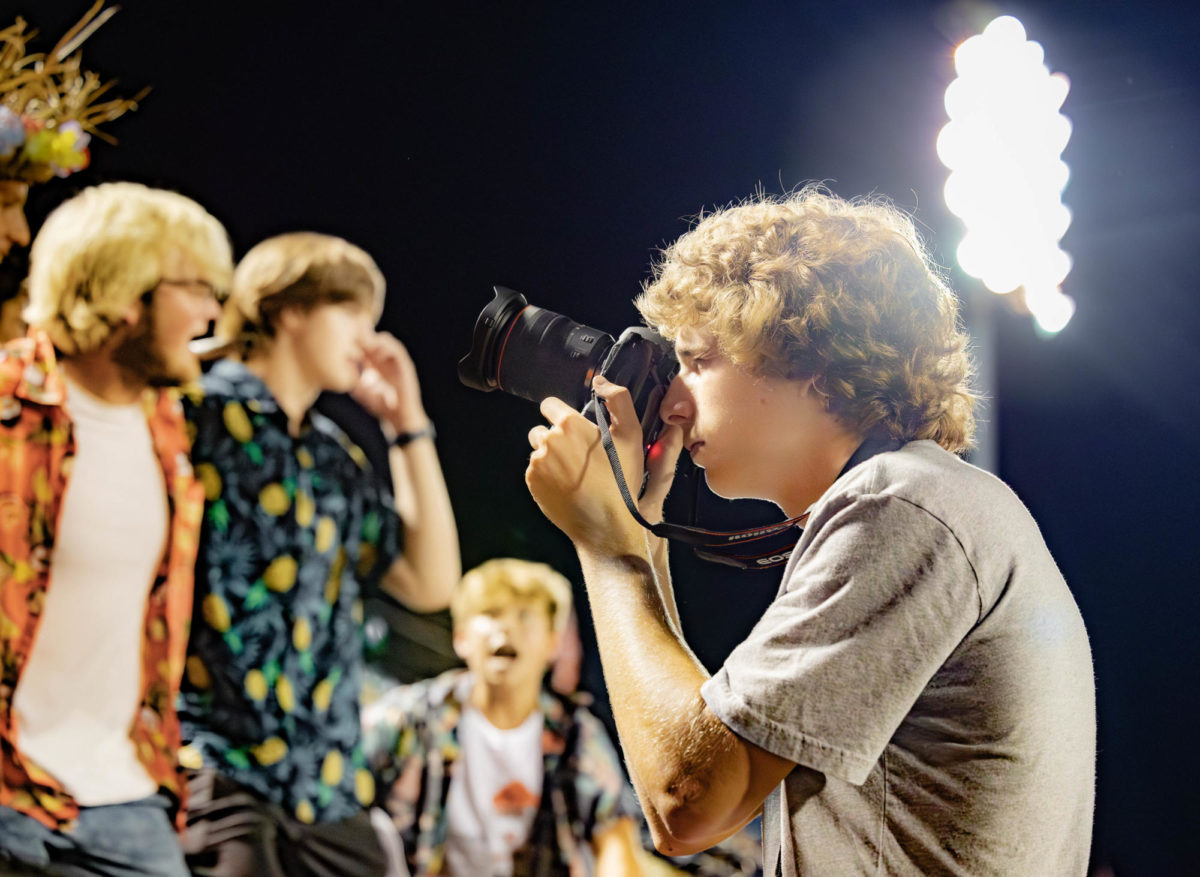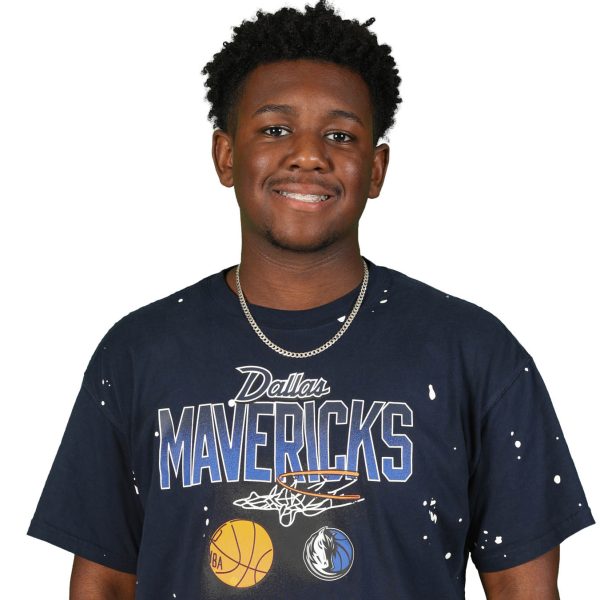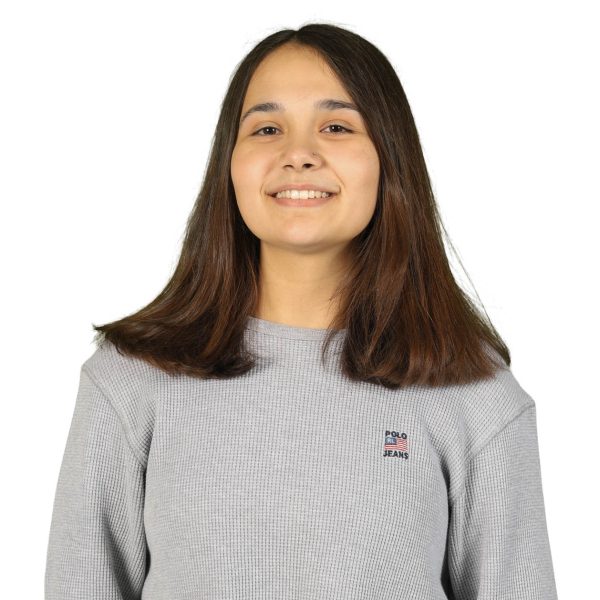“TOUCHDOWN TIGERS!” can barely be heard over the screams of the student section. The escorts run the flags, the cheerleaders lead a chant, the coaches get out the kick team and every part of gameday plays a crucial role.
However, there is one group whose job is to be as obscure as possible: the visual journalists. It is their job alone to capture all aspects of the game, from opening kickoffs to cheers to the student section’s excitement after another Texas High touchdown. With thousands of dollar cameras designed to capture a multitude of colors, they use their equipment and knowledge to vividly capture the moment for years to come.
One of Texas High’s newest visual journalists faces the challenge of color blindness, forcing him to adjust in ways other media creators don’t.
“I didn’t know my color blindness would affect my photography until [photo] boot camp,” junior Caden Jackson said. “I can’t see some types of shades, so it made my pictures look a little off.”
His color blindness is a first for photo adviser Clint Smith, who gave Jackson the idea to shoot in a monochrome picture style.
“Several years back, I read an article about helping students understand exposure by setting their digital cameras to shoot in black and white,” Smith said. “I figured that if I can get Caden nailing exposure, we could support him with the color during our editing and toning process because our cameras record in a RAW format that captures all image data and allows the photographer to see the exposure in black and white while recording all the color data as well.”
Color blindness drastically affects photography, as the ability to see different shades and colors is a crucial part of good pictures.
“Color blindness has to do with how your eyes capture light,” Jackson said. “Photography is mostly light and the camera’s reaction to it.”
As a first-year visual journalist, Jackson still needs assistance from upperclassmen when editing.
“Assisting him in editing is definitely tricky,” senior assignments editor Kristina Colburn said. “Although he can make sure his photos are nicely exposed, Caden’s color blindness makes it hard for him to see the vibrancy of the colors, which could cause a lot of his photos to come out very dull.”
Despite these challenges, he’s still open to learning and growing as a photographer.
“Caden has a great eye,” photo editor Anna Haley said. “Caden adapted fast and showed that his colorblindness doesn’t affect his awesome photos.”
Only a junior with almost two more years in the program left, Jackson finds himself with plenty of time to improve his skills.
“Caden definitely has great potential,” Colburn said. “He’s really focused on growing his technical skills right now. If he continues to put forth the effort that he’s currently putting forth, then later on down the road, he’ll be just as good as everyone else, if not better.”




